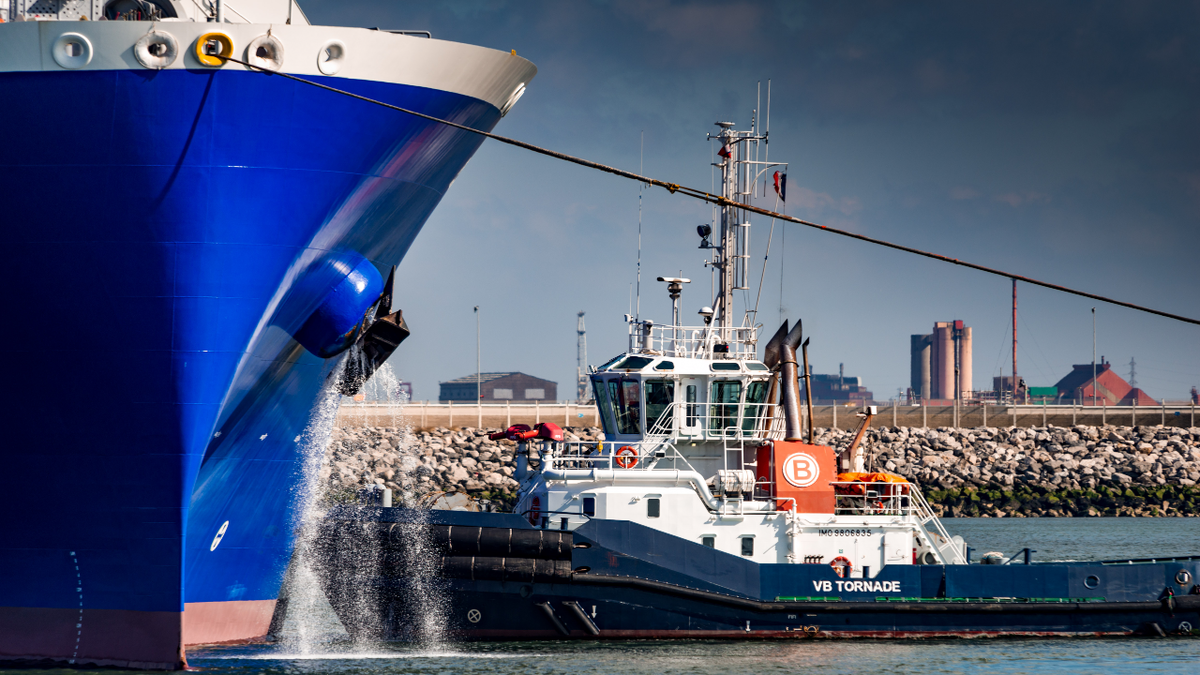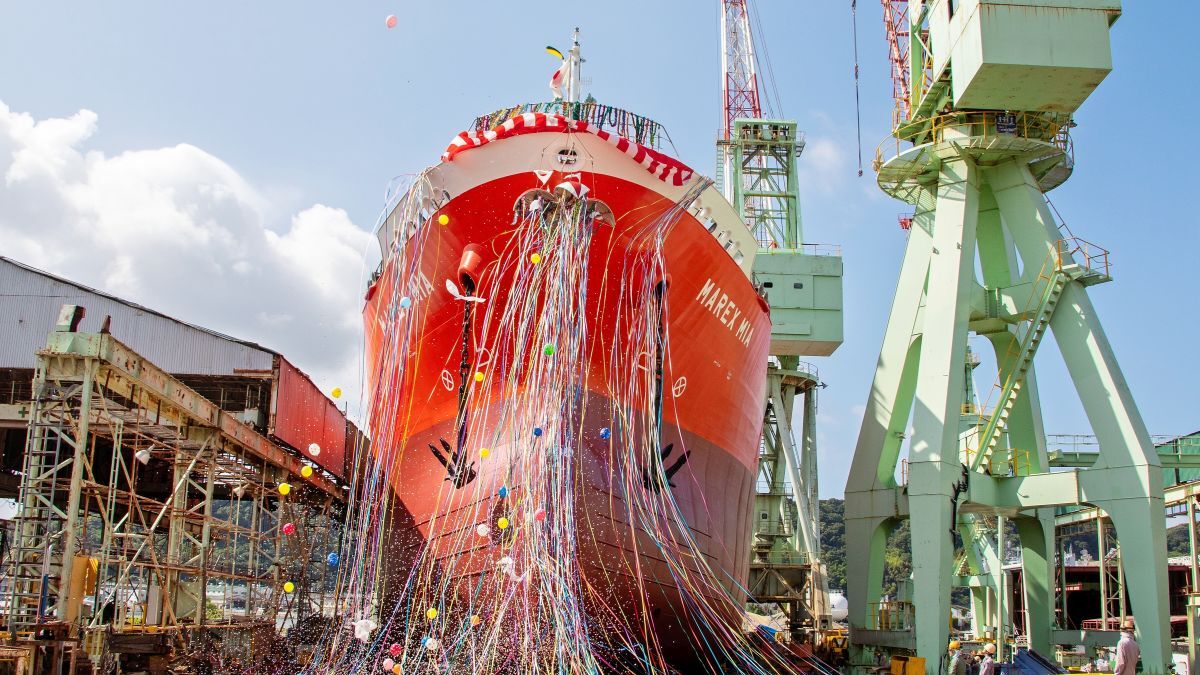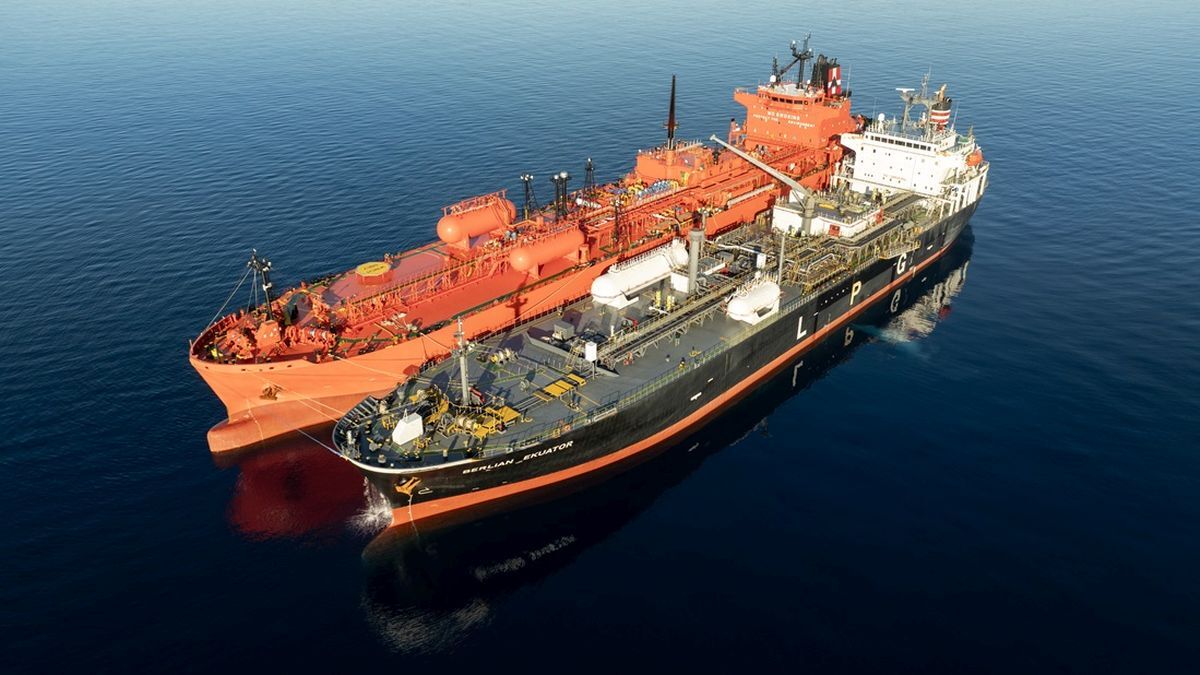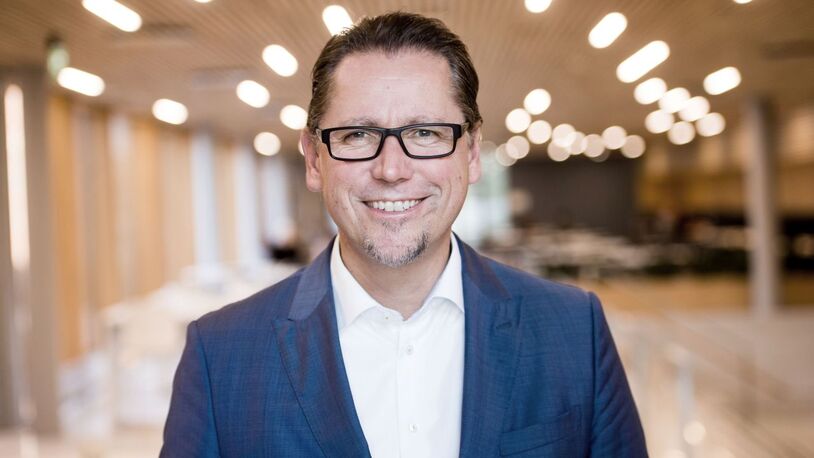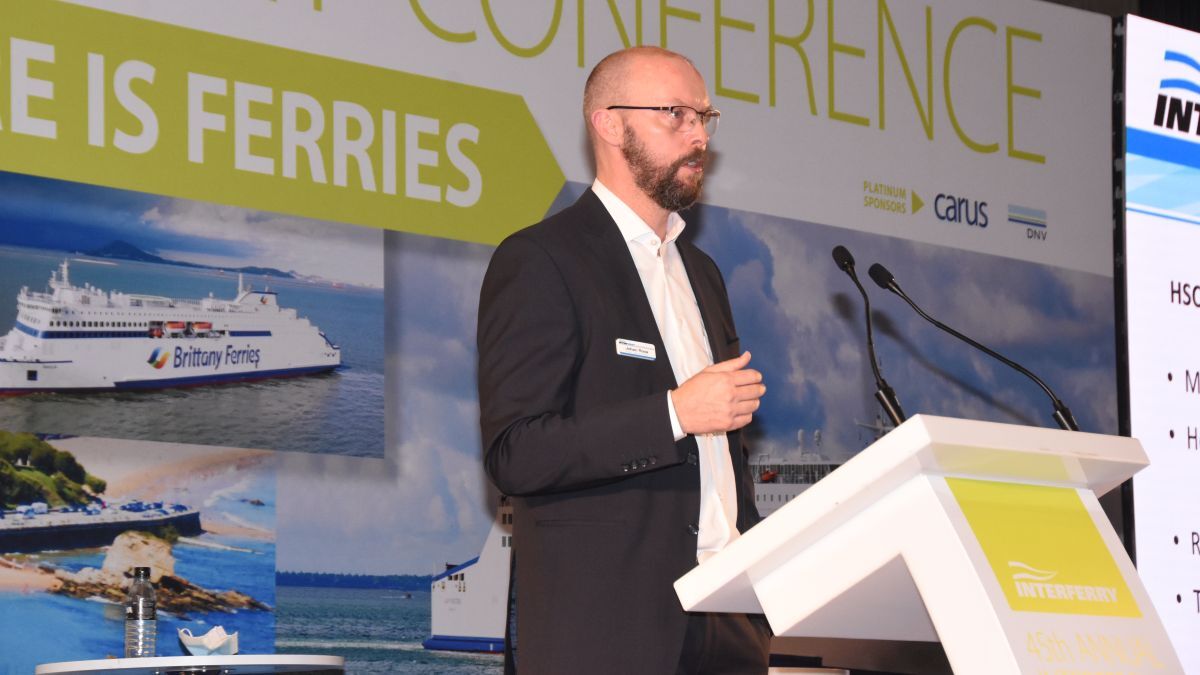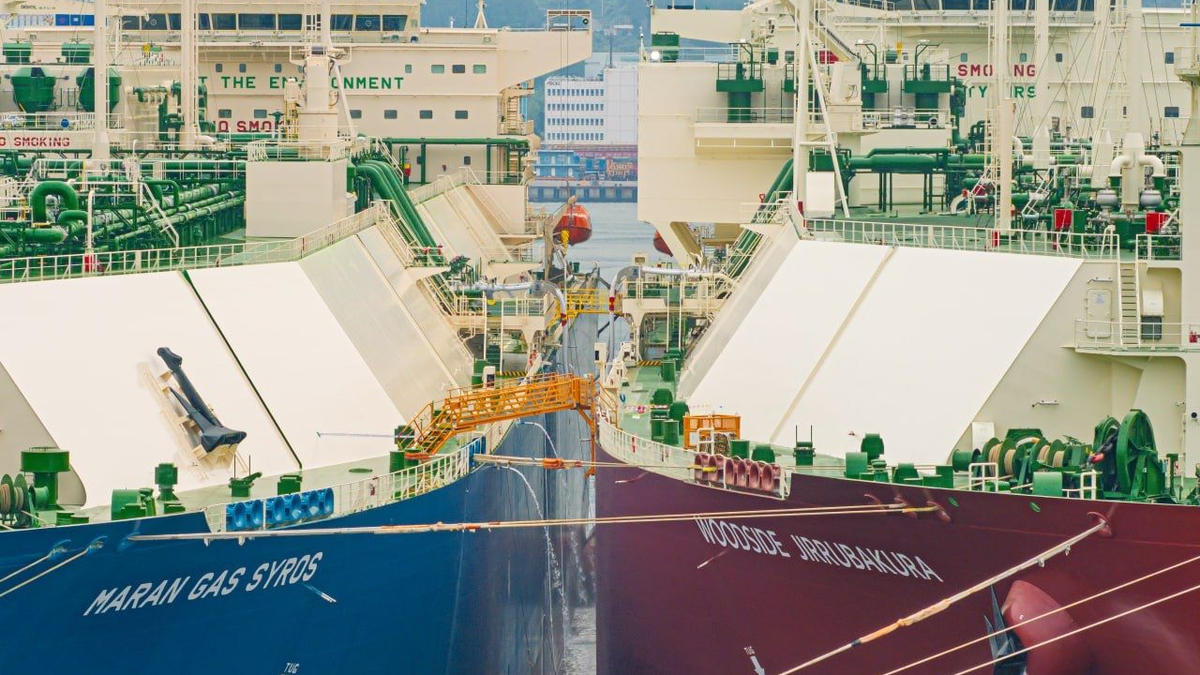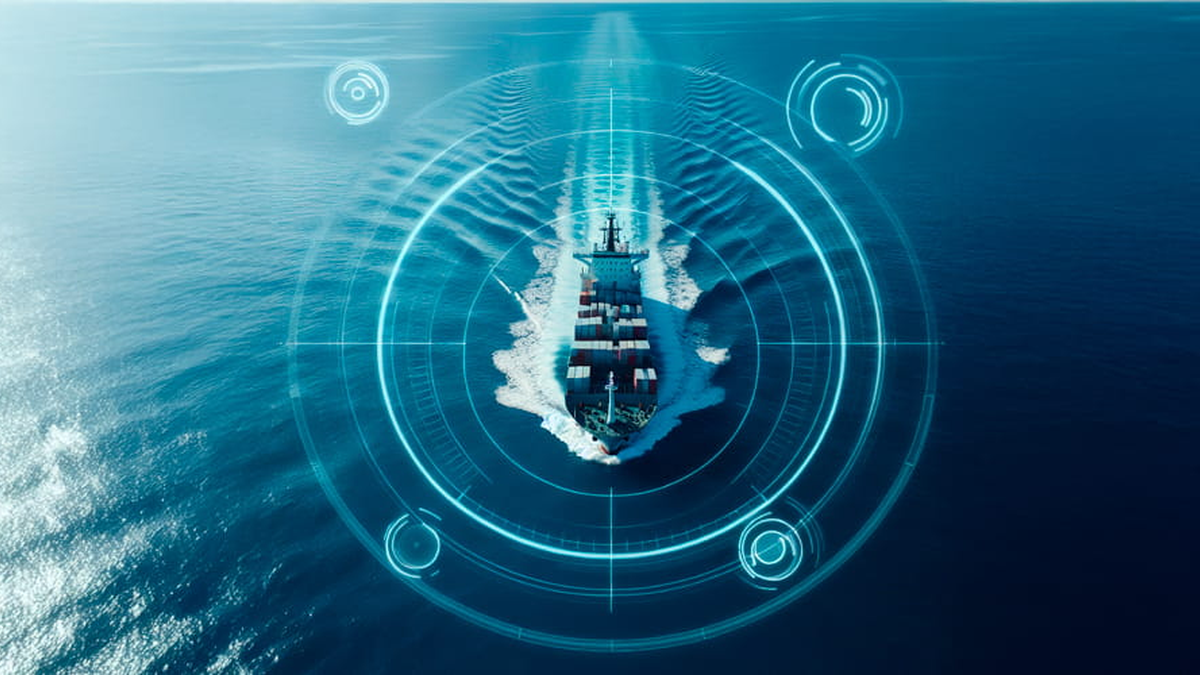Business Sectors
Events
Contents
Register to read more articles.
How a nearby nuclear power plant helps Dunkirk LNG cut its carbon footprint
With Europe looking to strengthen its energy security using LNG, Dunkirk’s LNG terminal is a major asset in the supply of natural gas to France and northwest Europe
France’s third-largest port, the Port of Dunkirk, has a long, illustrious history, but is a relatively new landing point for LNG in the country, receiving its first LNG carrier in 2016.
Located in the Western Port, Dunkirk’s LNG terminal has flexible docking facilities to accommodate up to 177 LNG carriers annually, ranging from small-scale tankers and bunker vessels with capacities of 5,000 m3 to Q-Max vessels with capacities of 265,000 m3. Facilities at the terminal allow LNG carriers to be unloaded at a maximum flow rate of 14,000 m3 per hour and reloaded at a rate of 8,800 m3 per hour.
In 2021, 54 LNG carriers unloaded cargoes at the Dunkirk LNG terminal, totalling 8.4M m3 of LNG or the equivalent of 56 TWh. Eight carriers were reloaded with 707,707 m3 of LNG.
In April last year, the terminal participated in an historic event, performing a ship-to-shore loading of LNG to LNG bunker vessel Gas Agility to refuel CMA CGM’s 23,000-TEU container ship Jacques Saadé at the Flanders terminal. This was the first refuelling of an LNG-powered container ship in France.
The terminal is also for breakbulk road distribution, with tanker truck-loading bays capable of handling 3,000 vehicles annually, operating at a maximum flow rate of 90 m3 per hour.
CO2 emissions reduction
One of the environmental advantages of the terminal is its use of warm wastewater from the nearby Gravelines nuclear power station in the regasification process. About 5% of the warm wastewater produced by the nuclear power plant is transported to the LNG terminal via a 5-km-long and 3-m diameter tunnel. The terminal’s 10 regasification units, each consisting of a high-pressure pump taking the liquid gas to a pressure of around 90 bar, and a regasifier or an open rack vaporiser, enables the LNG to be warmed by heat exchange by the warm wastewater to a temperature of 2°C. Once regasified, the natural gas is sent to the carriers’ high-pressure network.
This industrial synergy saves 436,000 tonnes of CO2 annually – roughly equivalent to the CO2 produced by the annual gas consumption in the Dunkirk area.
In the heart of Europe
Located in the heart of Europe, Dunkirk’s LNG terminal has three 200,000-m3 storage tanks, providing it with one of the largest onshore storage capacities on the continent. Sited at the crossroads of maritime routes through the English Channel and the North Sea, Dunkirk’s LNG terminal is close to natural gas consumer markets in France and northwest Europe, with a direct connection to Belgium. Brussels-based independent gas infrastructure group Fluxys is the major shareholder of Dunkirk LNG terminal.
Future proofing for the energy transition
How is the terminal positioning itself for the energy transition? LNG terminal Port of Dunkerque chief commercial officer and deputy chief executive Daniel Deschodt will bring that into focus during his presentation at LNG Shipping & Terminals Conference, Europe in London, 16-17 November 2022. Mr Deschodt will participate in a panel discussion: How can we future-proof new LNG infrastructure for net zero? More details on the conference programme are available here.
Related to this Story
Events
Offshore Support Journal Conference, Americas 2025
LNG Shipping & Terminals Conference 2025
Vessel Optimisation Webinar Week
© 2024 Riviera Maritime Media Ltd.


